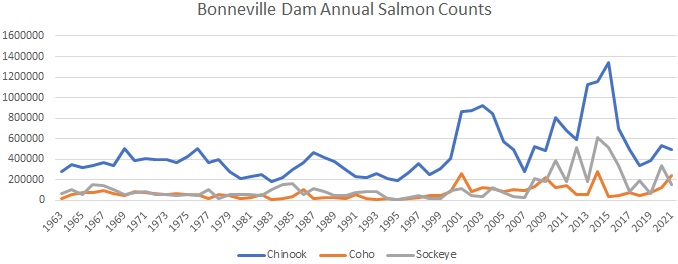





| Benton County Republicans’ Private Fundraising Event, “Bent-on Boots and Bling” with Trey Taylor |
| Friday, September 5, 2025 at 5:00 pm |
| Featuring Trey Taylor Music Private Event Friday, September 5, 2025 5:00-5:30 pm VIP Reception 5:30-8:00 pm Heavy Appetizers, Auction, Concert Red: $750 VIP Reception Front Row Table Sponsor White: $500 Table Sponsor Blue: $50 per person Limited Seating. Get Yours Now!!! Support Local Dress up: Bling, Cowboy, Patriotic Benton County Republican FUNDRAISER www.BentonGOP.org Get your tickets today at: https://www.bentongop.org/event-details/benton-county-republicans-fundraiser/form About Trey: Trey is the youngest African American Man in Country Music History. The Denver Post wrote "It's impossible to miss his enthusiasm. With a fondness for cowboy boots, gaudy colors and dazzling jewelry, Trey Taylor could stand toe to toe with any of the Pop, Country or even Rap contemporaries of his generation.“ |
| Trysting Tree Golf Club, 34028 NE Electric Rd., Corvallis |

The hatcheries were supposed to stop the decline of salmon. They haven’t. The numbers of each of the six salmon species native to the Columbia basin have dropped to a fraction of what they once were, and 13 distinct populations are now considered threatened or endangered. Nearly 250 million young salmon, most of them from hatcheries, head to the ocean each year — roughly three times as many as before any dams were built. But the return rate today is less than one-fifth of what it was decades ago. Out of the million salmon eggs fertilized at Carson, only a few thousand will survive their journey to the ocean and return upriver as adults, where they can provide food and income for fishermen or give birth to a new generation.
OPB offers no data to back up their dire reports. There are no counts, no numbers, no trend data. Just alarming reports and bleak predictions. They even admit that there are more salmon. Data be damned -- they have police objectives to achieve."Each passing year of poor returns worsens the outlook for salmon. While salmon runs fluctuate from year to year and this year’s returns have been higher than those of the past few years, human-caused climate change continues to warm the ocean and rivers, and the failure to improve salmon survival rates has left the region’s tribes facing a future without either wild or hatchery fish. Federal scientists project that salmon survival will decline by as much as 90% over the next 40 years."
How much higher? It would be nice to see some numbers, or maybe a chart of fish counts over time.Human activities such as dam building, logging, pollution, and overfishing have already depressed salmon populations in the Northwest to historically low levels. Many salmon species are classified as threatened or endangered. Salmon populations in the Columbia River system are down more than 90 percent, and most wild Pacific salmon are either extinct or imperiled in more than half the range they once occupied in the Northwest and California. Climate change imposes stresses on salmon throughout their lifecycle."
The data in the chart below is simple. The conclusions are clear and obvious. There is no need for complex analysis. Fish counts at Bonneville dam fluctuate over the decades, but there is no negative trend. In fact, the total quantity of fish seems to have increased around the turn of the century. Is there no scientist that can recognize this? Conclusions and causes fly off the page. Data is slim or threadbare. It's frightening to think that this is how policy gets made. Again, the data is available to do the science.
The conclusions are clear and obvious. There is no need for complex analysis. Fish counts at Bonneville dam fluctuate over the decades, but there is no negative trend. In fact, the total quantity of fish seems to have increased around the turn of the century. Is there no scientist that can recognize this? Conclusions and causes fly off the page. Data is slim or threadbare. It's frightening to think that this is how policy gets made. Again, the data is available to do the science.
| Post Date: 2022-05-29 12:07:56 | Last Update: 2022-05-29 13:54:08 |